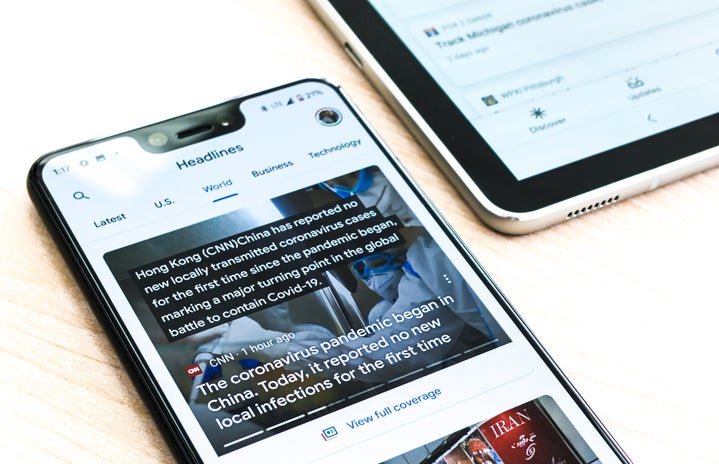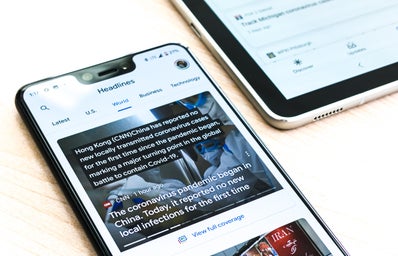What defines something as accessible for people that are in wheelchairs? Wheelchair ramps, handicapped bathrooms, and hallways that are at least 36 inches wide are all great examples of accessibility. Accessibility is important because if a place or an object is not accessible, wheelchairs users simply cannot do it. Therefore excluding them from normal, everyday activities, such as going to the grocery store. Wheelchair users are not one in a million either. It is estimated by the US census that there are over 2.8 million wheelchair users in America. 121,000 of those users are under 15 years old, and 2.7 million are over the age of 15. The Americans with Disabilities Act, signed in 1990 states that disabled people are not to be discriminated against on the basis of their disability. The state and local government have a duty to accommodate them in public areas, this includes transportation. Schools must accommodate them, and employers or businesses may not discriminate them. Fortunately, many states such as Washington D.C., California, Massachusetts, and Georgia just to name a few, are known as very wheelchair accessible. Unfortunately, Florida does not do a great job at being accessible. The first example I’ll give as proof of Florida’s limited accessibility will be public transportation. Many of Florida’s largest cities do have public transportation, but they run on limited schedules. This affects wheelchair users specifically because they can up spending hours waiting for a bus to travel only a few miles. They can spend hours commuting because there are limits on what buses they can board, the reason being not all buses have wheelchair ramps. This is unfortunate because many wheelchair users rely on public transportation. Wheelchair accessible SUVs are expensive adding up to $20,000 in modifications. Accessible van parking spaces are also limited in supply, and accessible taxis cost about $129 a day. For users that use foldable wheelchairs, calling a normal taxi is an option, but some rely on large, heavy power wheelchairs for mobility. Not only is public transportation infrequent, but a study done on 179 wheelchair users found that 9 out of ten wheelchair users had been refused a space on a bus. Fifty percent had experienced rudeness or intimidation from a bus driver. 1 in 10 reports they always have a problem when they try to ride the bus. Overall, broken ramps and poorly trained drivers tend to be the biggest problem for wheelchair users when they try to ride the bus. For my next point, I will be speaking to the class about wheelchair taxis and ride-share apps. Although it is the law for businesses to ADA compliant, many businesses fail to meet requirements. None more so than taxicab companies. Currently, in Miami Dade County, there are only 80 taxi cabs that are ADA compliant. This is due to a 2003 law passed establishing that only 3% of all taxicabs need to be accessible to those in wheelchairs. Wheelchair users do have the option of using wheelchair taxis but as I stated before they tend to be expensive. Rideshare apps such as Uber and Lyft, have begun offering services for wheelchair users in cities like Washington D.C. and Philadelphia, but not in Florida. In 2017, with overwhelming bipartisan support, a law was passed (F.S. 627.748) that prohibits city and county governments from placing restrictions on Uber and Lyft. These restrictions include vehicle accessibility requirements. This law goes against what ADA is all about, it is the government’s job to push businesses to be accessible. For my third and final point, I will be discussing how unsafe and especially excluding Florida roads are to those in wheelchairs. Between 2006 and 2012, 528 wheelchair users were killed in road traffic collisions. The study concluded their deaths were 36% more likely than the rest of the population. The chances of death for wheelchair users is so high because streets without sidewalks mean there are no curb ramps, forcing wheelchair users into active roadways. Florida roads also have multiple lanes, encouraging high vehicle speed and we also have many streets without well-marked pedestrian crossings. The terrifying results of this study show the importance of why communities need to build well-designed curb cuts, ramps, and sidewalks. If not, the result is not merely inconvenienced for wheelchair users, the cost of these unsafe roads is their lives. Now I will speak on why ADA laws are not being obeyed. In 2017, a law passed by Governor Rick Scott has given Florida businesses immunity from ADA lawsuits. The law gives businesses leniency and gives them up to 10 years to meet ADA requirements. This bill was created to protect primarily small businesses from the overwhelming amount of lawsuits they’ve been receiving for not being in compliance. Lawsuits were being filed by greedy lawyers with demanding letters stating they either pay off a quick settlement or be sued. Still, in the end, this affects those that are disabled the most. The ADA bill was passed 30 years ago, giving businesses 10 years to meet compliance is simply ridiculous. This law also allows for many worthy ADA complaints to be ignored. Luckily, it is not all bad, many critics have spoken out already about the reality of what this Florida law is causing. To end on a more positive note, Florida is not completely inaccessible, places like Disney World, SeaWorld, and Universal Studios all strive to be in compliance with ADA requirements. Many wheelchair users get to enjoy the beauty of our beaches as well since Florida does offer beach access. Our national parks also tend to have many options for wheelchair users to get involved, such as accessible trails and fishing piers. In conclusion, after today you guys should have more of an idea of what wheelchair accessibility is like in Florida. Especially in public transportation, rideshare apps, and the roads. If you feel outraged, unfortunately, there is not much you could do right now but just try to be more aware of what bills are in the legislature.
This article is written by a student writer from the Her Campus at MDC chapter.


